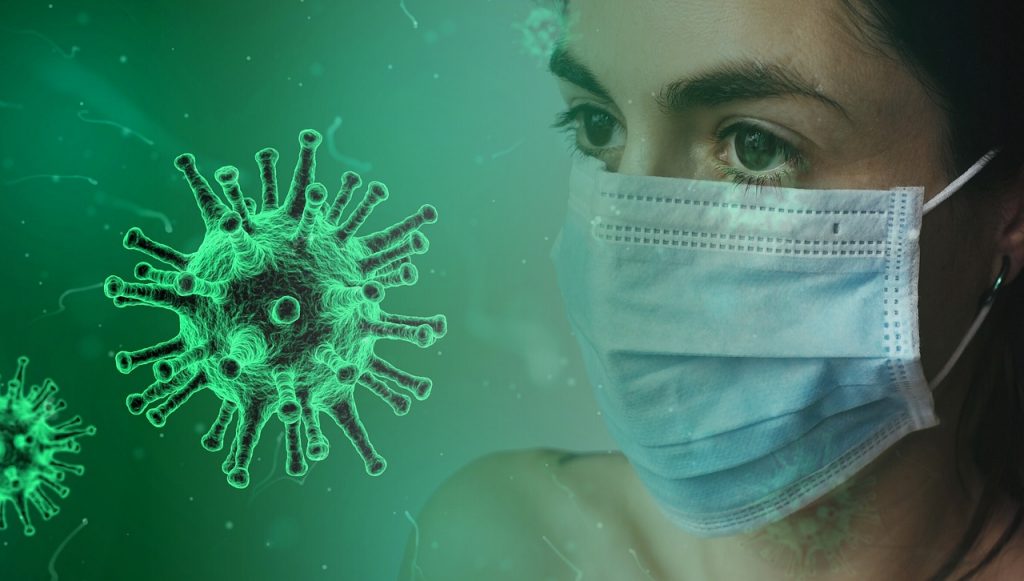The Frightening Way Viruses Can Travel From Place To Place
New scientific research is starting to reveal a frightening way that viruses are capable of traveling from one place to another.
This article is more than 2 years old

When it comes to the world of viruses, there is a lot we don’t know. Over the years, epidemiologists and infectious disease doctors have conducted ongoing research on these pesky agents and how they survive and multiply. The novel coronavirus was one of those tricky diseases that took time to understand its transmission cycle fully. Though we found out COVID doesn’t last long on surfaces, other viruses are better at sustaining life outside the human body. A specific strand of recently studied viruses has shown to be incredible swimmers, lasting up to three days in fresh water.
Enteric viruses are a type of virus that is transmitted through feces, either from person-to-person contact or by contaminated food or water source. Studies have recently shown that these enteric viruses, like rotavirus, are exceptionally durable outside a human host. Enteric viruses can last up to three days floating in the water after hitchhiking on certain plastics. These contagious agents can attach themselves to microplastics and remain infectious for half a week. Researchers at the University of Stirling found that these viruses, which cling onto plastics less than five mm long, can still infect humans if people come in contact with the contaminated substance.
The lead researcher in the study at the university, Prof Richard Quilliam, stated that microplastics help the viruses “survive in the water.” Though the study showed that infectious diseases like rotavirus could last up to three days and remain contagious, there’s a possibility they can live even longer than suggested.
The study is a first for the research group, which usually tests viruses in a sterile environment. This was the first study that was entirely interested in the virus’s behavior in a designated territory, like fresh water. The group used standard laboratory practices to investigate microplastics contaminated with enteric viruses, which resulted in this shocking discovery. They concluded that even with these infectious agents waterlogged for days, viruses could remain highly contagious once attached to floating microplastics. The size of the microplastics isn’t a factor in eliminating the contagion either, with the study finding incredibly miniature sizes of plastics that are still livable for these pathogens.
Many researchers and doctors believed that plastics could carry diseases from place to place, but it wasn’t known for sure. The study was backed by the Natural Environment Research Council, which gave $8.5 million to university researchers to conduct the investigation. The research group found that pathogens continued to be contagious by traveling on microplastics. The conclusion also brings up another reason why environmental pollution is so dangerous since enteric viruses are able to inhabit plastics and thrive while in fresh water.
Over the past years, microplastic manufacturing plants have been under immense scrutiny. Some corporations suggest that wastewater treatments can be utilized to collect plastics from the water, but this isn’t always the case. For one, microplastics can evade wastewater treatments due to their minimal size. The other factor is that these viruses can stay infectious for multiple days, allowing the pathogens to spread limitlessly throughout the water supply. This tactic isn’t enough to curtail viruses from hitchhiking on microplastics and infecting their surrounding environment.





